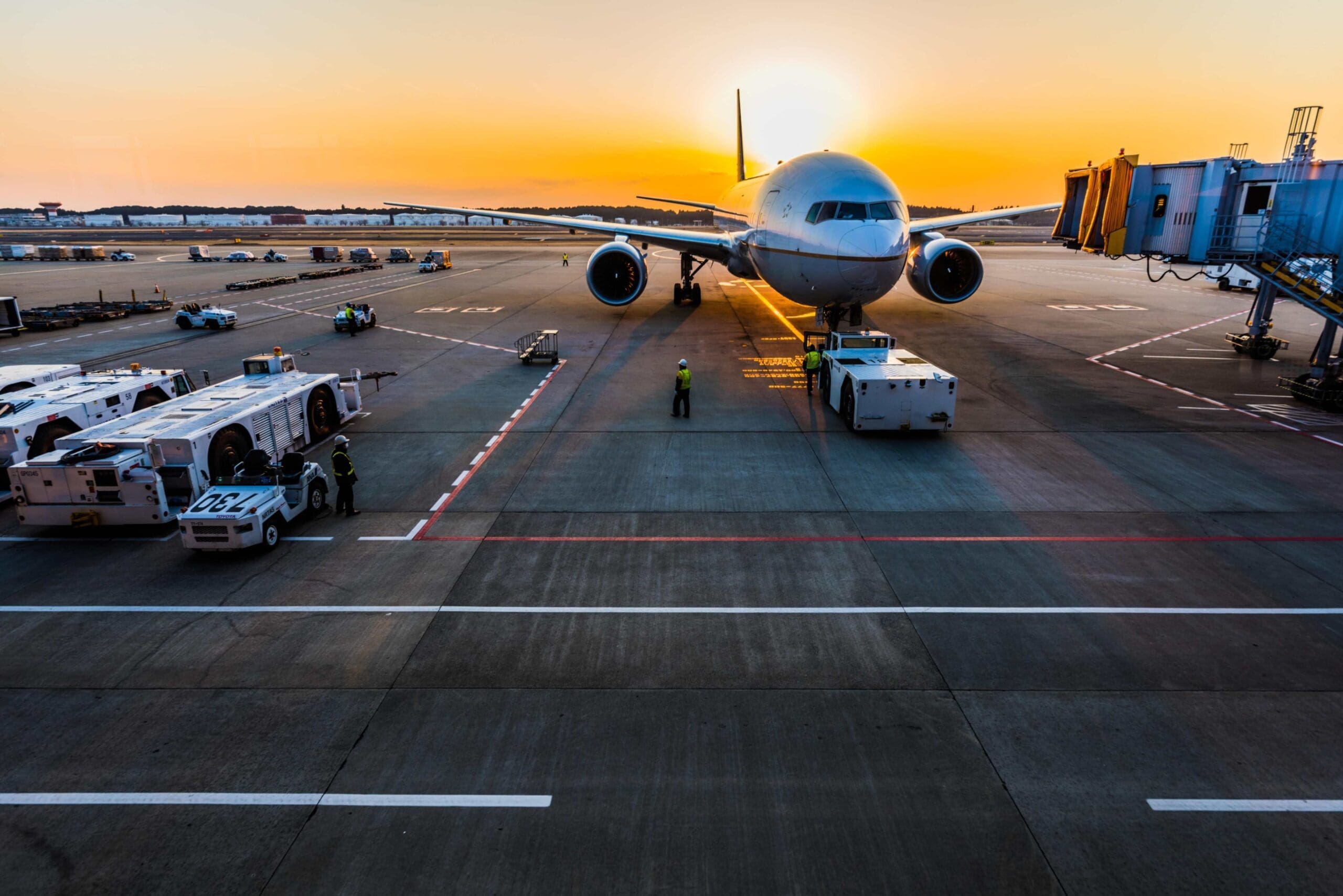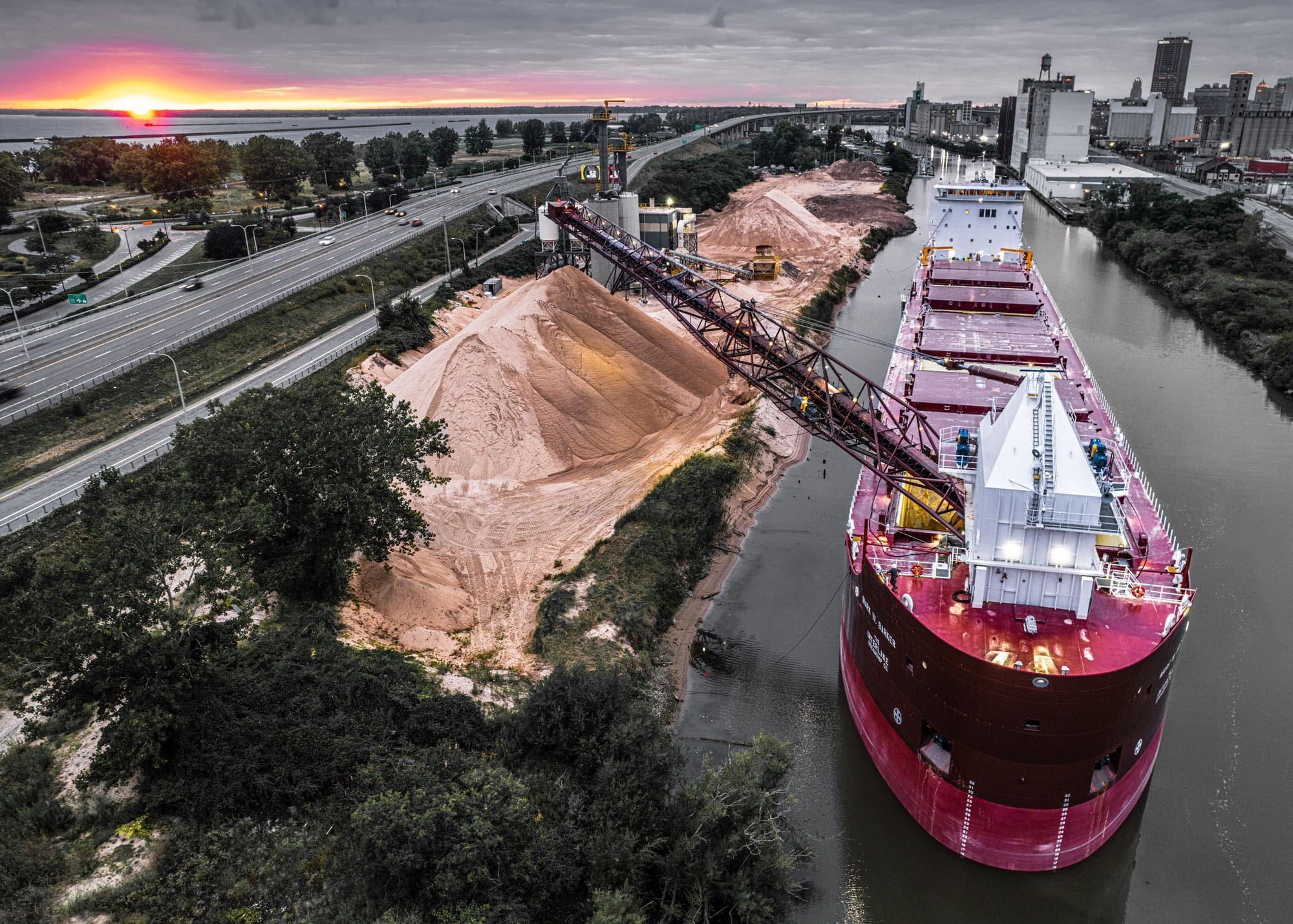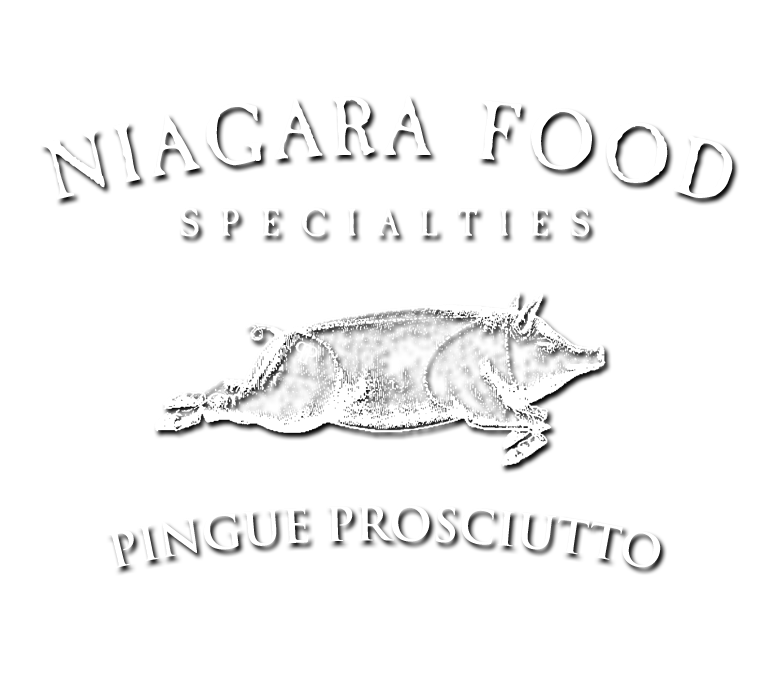Advantages
Infrastructure
Strategic Location with a Robust Transportation & Utilities Infrastructure
Billions of dollars are being invested into the region’s utility infrastructure to meet future demands, offering incentives like low-cost hydropower. With capital infrastructure programs and two main providers for electricity and gas, Buffalo Niagara businesses have ample support for expansion or new projects. Situated at the western edge of New York State and bordering Canada and Pennsylvania, Buffalo Niagara offers an internationally significant location with a 21.8-minute average commute time, 4.6 minutes faster than the national average. Explore more stats and territory maps for National Fuel, National Grid, and New York State Electric & Gas on our maps page.
Certain municipalities in the region operate their own public utility power generation infrastructure, offering lower power rates to its commercial & industrial power users. These include the cities of Jamestown and Salamanca and the villages of Akron, Andover, Angelica, Arcade, Berger, Brocton, Castile, Wellsville, and Westfield.
Low-cost electricity
Plenty of Hydropower Means Utility Cost Savings
Additional Resources
Water Services
A Water Rich Region Supporting a Strong Utility Infrastructure
telecom services
Reliable Telecommunication Utility Solutions
Transportation Networks
Buffalo Niagara's efficient transport network enables seamless access
Highway Connectivity
The region is linked via Interstate 90 (I-90), or the New York State Thruway, which provides east (Boston) and west (Chicago) access. Connecting Interstate 87 provides direct access to Montreal while connecting I-81 provides direct transportation access into the Eastern Ontario. The region’s 3,675-mile network of major interstates, state routes and local arterial roads is a critical factor in enabling effective connections for the region’s economy. Approximately 75% of the region’s freight travels by truck. Due to the heavy reliance on truck transportation, the highway system is paramount in the efficient movement of freight.
Railhead Transportation
The region is served by four Class I railroads (CSX, Norfolk Southern, Canadian Pacific, and Canadian National), one Class II (or Regional) railroad, and three Class III (or Short Line) railroads. Buffalo Niagara features over 1,000 miles of track with connectivity to the Port of NY/NJ.
Numerous Airlines
Integrated express transportation, commercial passenger carrier, and air-cargo to major destinations and connecting hubs is concentrated at the Buffalo Niagara International Airport (BNIA) which features 100 daily direct flights to 24 airports.
There is additional cargo capacity at the Niagara Falls International Airport (IAG) and “ultra-low cost carrier” services to leisure destinations.
Toronto Pearson International Airport (YYZ), a 90-minute drive from Western New York communities, is a major hub serving Canada’s largest city. Toronto Pearson has non- stop service to 197 cities including San Francisco, Seattle, Beijing, Dublin, London, Paris, Rome and Munich.
Port of Buffalo
The first major U.S. Port of Call encountered when entering the Great Lakes, Buffalo consists of 28 terminals, including the three terminals of the Gateway Trade Center, a third-party-operated terminal, featuring two hundred acres located on or near deep water and one set aside for bulk cargo storage. The Port features a 230-ton American crawler crane and a heavy-duty front-end loader. Shipments arriving via the Port are able to utilize multi-modal transportation options with rail service directly on site and easy access to Interstate 90 a mere three miles away.
TRANSPORTATION NETWORKS
Buffalo Niagara's Efficient Transport Network Enables Seamless Access
The region is linked via Interstate 90 (I-90), or the New York State Thruway, which provides east (Boston) and west (Chicago) access. Connecting Interstate 87 provides direct access to Montreal while connecting I-81 provides direct transportation access into the Eastern Ontario. The region’s 3,675-mile network of major interstates, state routes and local arterial roads is a critical factor in enabling effective connections for the region’s economy. Approximately 75% of the region’s freight travels by truck. Due to the heavy reliance on truck transportation, the highway system is paramount in the efficient movement of freight. Learn More.

The region is served by four Class I railroads (CSX, Norfolk Southern, Canadian Pacific, and Canadian National), one Class II (or Regional) railroad, and three Class III (or Short Line) railroads. Buffalo Niagara features over 1,000 miles of track with connectivity to the Port of NY/NJ.

Integrated express transportation, commercial passenger carrier, and air-cargo to major destinations and connecting hubs is concentrated at the Buffalo Niagara International Airport (BNIA) which features 100 daily direct flights to 24 airports. There is additional cargo capacity at the Niagara Falls International Airport (IAG) and “ultra-low cost carrier” services to leisure destinations. Toronto Pearson International Airport (YYZ), a 90-minute drive from Western New York communities, is a major hub serving Canada’s largest city. Toronto Pearson has non- stop service to 197 cities including San Francisco, Seattle, Beijing, Dublin, London, Paris, Rome and Munich. Learn More.

The first major U.S. Port of Call encountered when entering the Great Lakes, Buffalo consists of 28 terminals, including the three terminals of the Gateway Trade Center, a third-party-operated terminal, featuring two hundred acres located on or near deep water and one set aside for bulk cargo storage. The Port features a 230-ton American crawler crane and a heavy-duty front-end loader. Shipments arriving via the Port are able to utilize multi-modal transportation options with rail service directly on site and easy access to Interstate 90 a mere three miles away. Learn More.

Wins & Success Stories
See Buffalo Niagara Success Stories
Success Story
Pride Pak
Canadian-headquartered Pride Pak processes fresh vegetables, making ready-made salads in a bag and chopped vegetables. The company also sources raw vegetables from both the US and Canada. Pride Pak was started in 1984 and has their main office in Mississauga with another facility in New Foundland. They currently employ over 200 people and sell to grocery retailers and into the restaurant industry.
With growing sales in the US, Steven Karr, CEO sought a new facility across the border to grow his business. In 2014, Pride Pak reached out to multiple regions within New York State to locate their new facility.
Success Story

Sucro Sourcing
Sucro Sourcing is a multinational company refining sugar for mills, processors, distributors and industrial customers. Before considering a permanent expansion in Buffalo Niagara, the company first set up a pilot project in the Gateway Trade Zone. At the completion of that pilot project, the company was satisfied and willing to further consider a permanent presence in Western New York. The company was also considering Miami, Florida for the project.
Incentives: Empire State Development Excelsior Tax Credit ECIDA tax abatement NYPA hydropower National Grid grant
Success Story

Pressure Drop Brewing
Karl Kolbe was born and raised in the Buffalo Niagara region. However, for the last seven years he has been brewing beer in Sacramento, California. Though craft beers captured his palate, Buffalo Niagara always had his heart.
When he decided he wanted to open his own brewery, he knew the City of Buffalo was the place. He and some partners went in on the business together, and thus, Pressure Drop Brewing was born. They will be brewing around eight beers at a time from 40 recipes, alternating them based on season. Their IPA-heavy beer will be ready in October.
Success Story

Niagara Food Specialties
Niagara Food Specialties (NFS), incorporated in 2001, is a food processor, distributor and wholesaler, specializing in the production of prosciutto ham for the foodservice (restaurants & hotels) industry and gourmet retail markets. NFS adds value to raw pork, producing artisanal quality charcuterie, including prosciutto, capicola, pancetta, salami, guanciale, and sausage. This family operated business is currently headquartered in Niagara Falls, ON. NFS began to investigate US expansion when they faced with growth limitations due to border crossing restrictions and rules on imported meats to the US.
Get started and discover why Buffalo Niagara is the right choice.